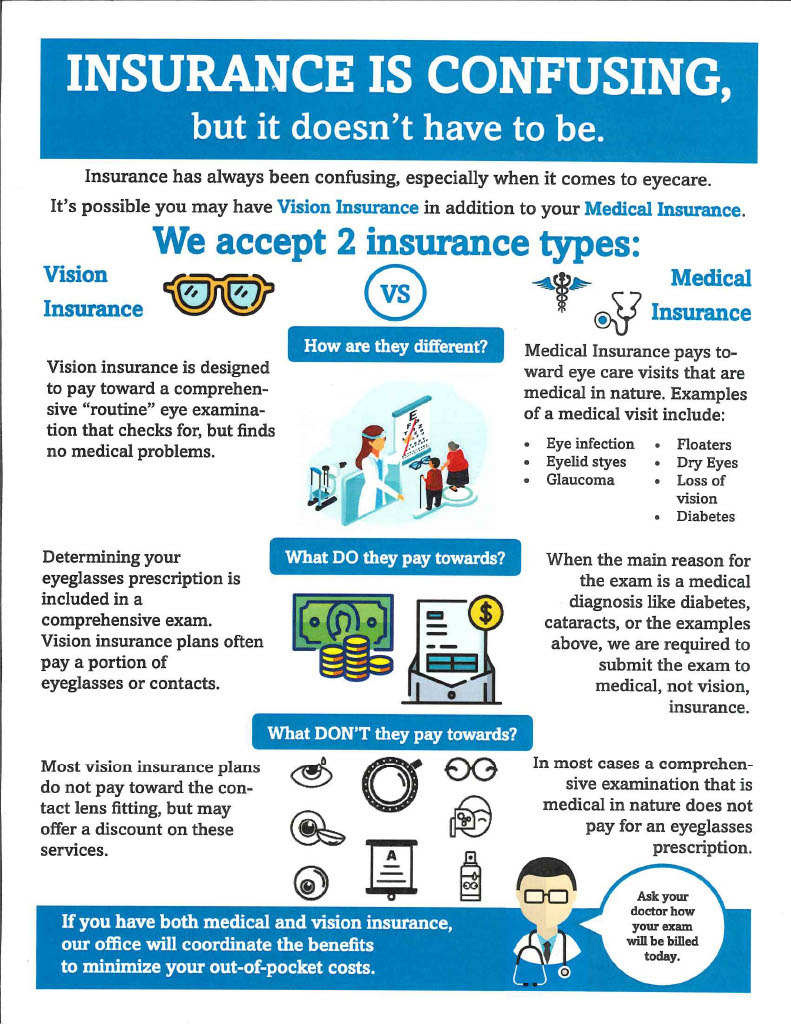Everything about Medicare Advantage Agent
Everything about Medicare Advantage Agent
Blog Article
Rumored Buzz on Medicare Advantage Agent
Table of ContentsMedicare Advantage Agent for DummiesThe 4-Minute Rule for Medicare Advantage AgentNot known Facts About Medicare Advantage Agent


follows from confusing the relatively young reasonably profile of the uninsured with the better healthFar better wellness average, of younger personsMore youthful For those without accessibility to office wellness insurance coverage, poor health and wellness is a prospective barrier to buying nongroup protection due to the fact that such coverage might be very priced, leave out pre-existing problems, or be merely unavailable. Unless or else noted, national estimates of individuals without health and wellness insurance coverage and percentages of the populace with various kinds of coverage are based on the CPS, the most widely used resource of estimates of insurance coverage and uninsurance rates.

What Does Medicare Advantage Agent Mean?
Over a three-year period starting early in 1993, 72 million people, 29 percent of the united state populace, lacked coverage for at the very least one month. Within a solitary year(1994), 53 million people experienced at the very least a month without insurance coverage(Bennefield, 1998a). 6 out of every 10 without insurance adults are themselves used. Working does enhance the possibility that one and one's family participants will have insurance, it is not a warranty. Also members of families with two full-time wage income earners have nearly a one-in-ten opportunity of being uninsured (9.1 percent without insurance rate)(Hoffman and Pohl, 2000 ). The partnership in between medical insurance and accessibility to care is well established, as documented later on in this chapter. The relationship between health and wellness insurance and health end results is neither direct neither straightforward, a substantial scientific and health and wellness solutions research study literary works web links health and wellness insurance policy coverage
to improved better accessibility care, better quality, and improved boosted individual population populace health and wellnessCondition The 2nd report, on individual health and wellness end results for without insurance grownups, is stood for by the inner circle of the figure, while the third report, on household well-being, incorporates the subjects of the 2nd report yet stresses a various device of analysis, namely, the family. The 6th record in the collection will offer info about techniques and initiatives undertaken locally, statewide, or country wide to resolve the lack of insurance and its unfavorable effects. Levels of evaluation for taking a look at the results of uninsurance. This conversation of health insurance coverage concentrates largely on the united state population under age 65 because practically all Americans 65 and older have Medicare or other public protection.
It focuses particularly on those without any kind of health and wellness insurance policy for any size of time. The problems faced by the underinsured remain in some areas similar to those dealt with by the uninsured, although they are normally less severe. Uninsurance and underinsurance, nonetheless, include clearly various policy issues, and the techniques for addressing them might differ. Throughout this research study and the five records to adhere to, the primary emphasis is on individuals without any health and wellness insurance and therefore no help in spending for healthcare past what is offered via charity and security internet establishments. Medical insurance is an effective variable affecting receipt of care since both clients and doctors reply to the out-of-pocket price of services. Medical insurance, however, is neither essential neither sufficient to access to clinical solutions. However, the independent and straight impact of wellness
insurance protection on accessibility to wellness solutions is well developed. Others will get the health and wellness treatment they require even without health and wellness insurance coverage, by paying for it expense or seeking it from service providers that supply treatment totally free or at very subsidized prices. For still others, wellness insurance coverage alone does not make sure receipt of care due to other nonfinancial obstacles, such as a lack of health treatment service providers in their area, limited accessibility to transportation, illiteracy, or linguistic and social differences. Formal research regarding without insurance populations in the United States dates to the late 1920s and early 1930s when the Board on the Price of Treatment created a series of records regarding funding physician office brows through and hospitalizations. This problem came to be significant as the varieties of clinically indigent climbed up throughout resource the Great Anxiety. Empirical studies regularly sustain the web link in between access to care and boosted health and wellness results(Bindman et al., 1995; Starfield, 1995 ). Having a normal resource of treatment can be thought about a predictor of access, instead of a straight measure of it, when wellness outcomes are themselves used as accessibility signs. This expansion of the concept of access measurement was made by the IOM Board on Checking Access to Personal Healthcare Solutions(Millman, 1993, p. Whether parents are guaranteed shows up to impact whether their kids obtain treatment along with just how much careeven if the kids themselves Look At This have coverage(Hanson, 1998). The health and wellness of parents can influence their capability to take care of their children and the level of family stress. Fretting about their children's accessibility to care is itself a source of anxiety for moms and dads. Three chapters adhere to in this report. Phase 2 supplies a review of just how employment-based health insurance, public programs and specific insurance plan run and communicate to supply extensive but insufficient coverage of the united state populace. This includes a review of historical patterns and public policies affecting both public and exclusive insurance coverage, a discussion of the interactions among the different kinds of insurance, and an examination of why individuals move from one program to an additional or finish up

Report this page